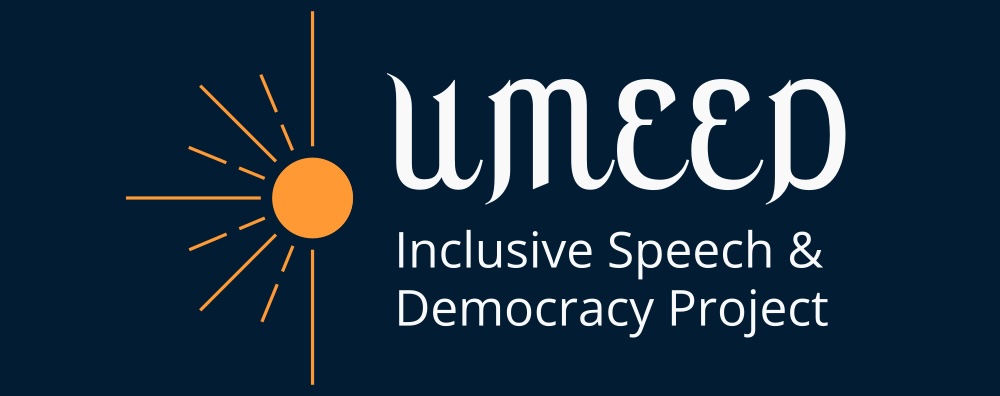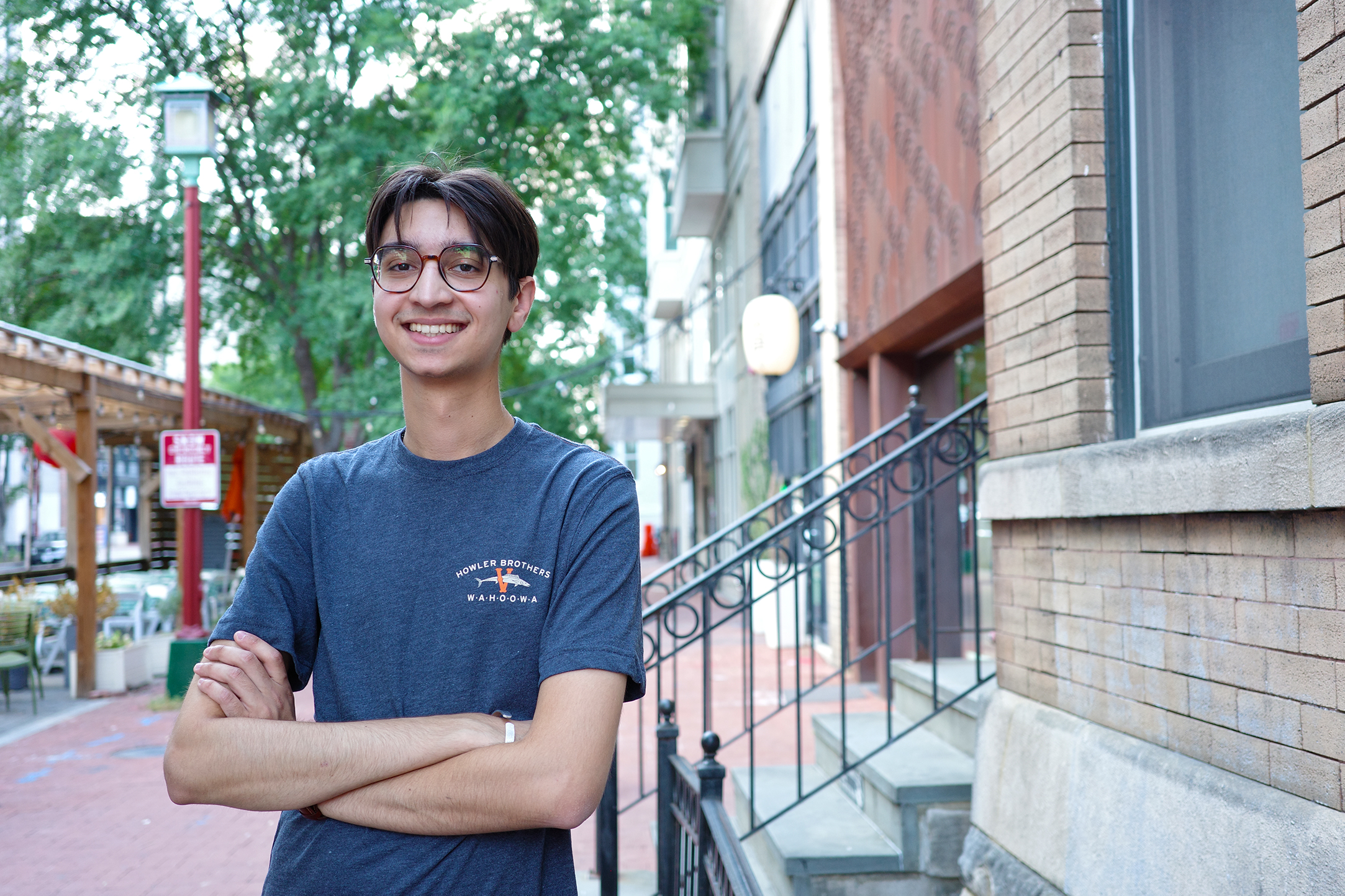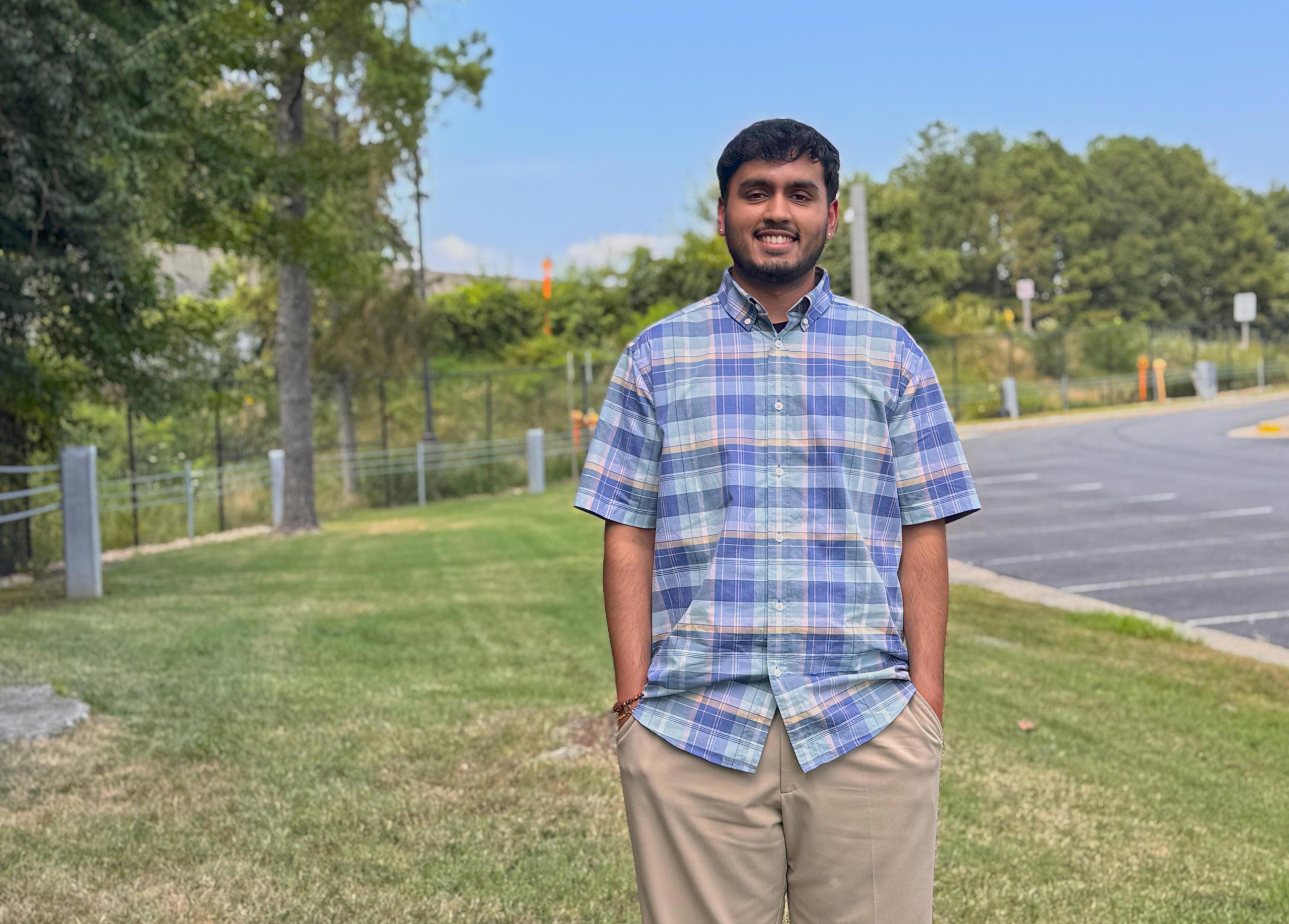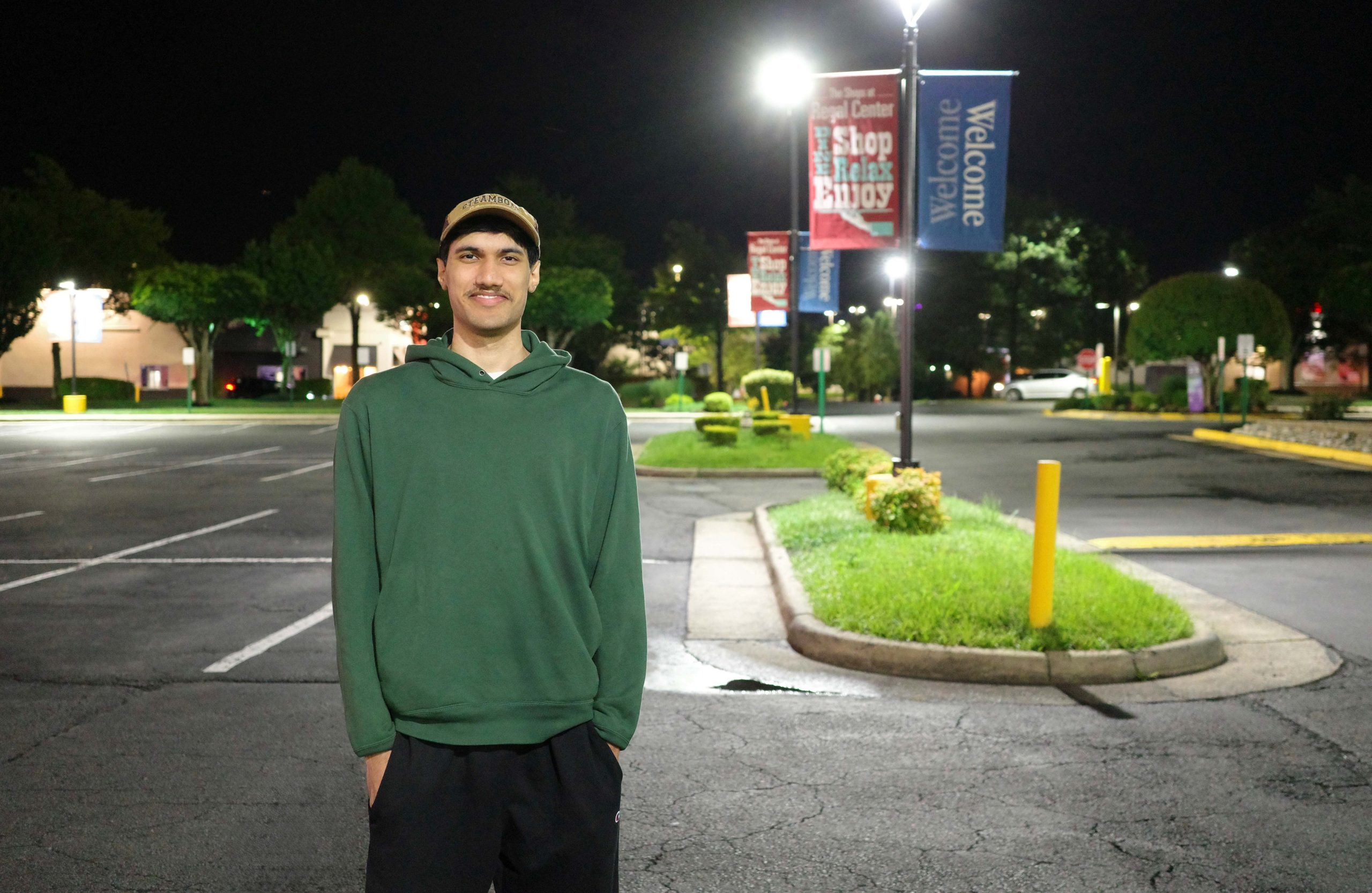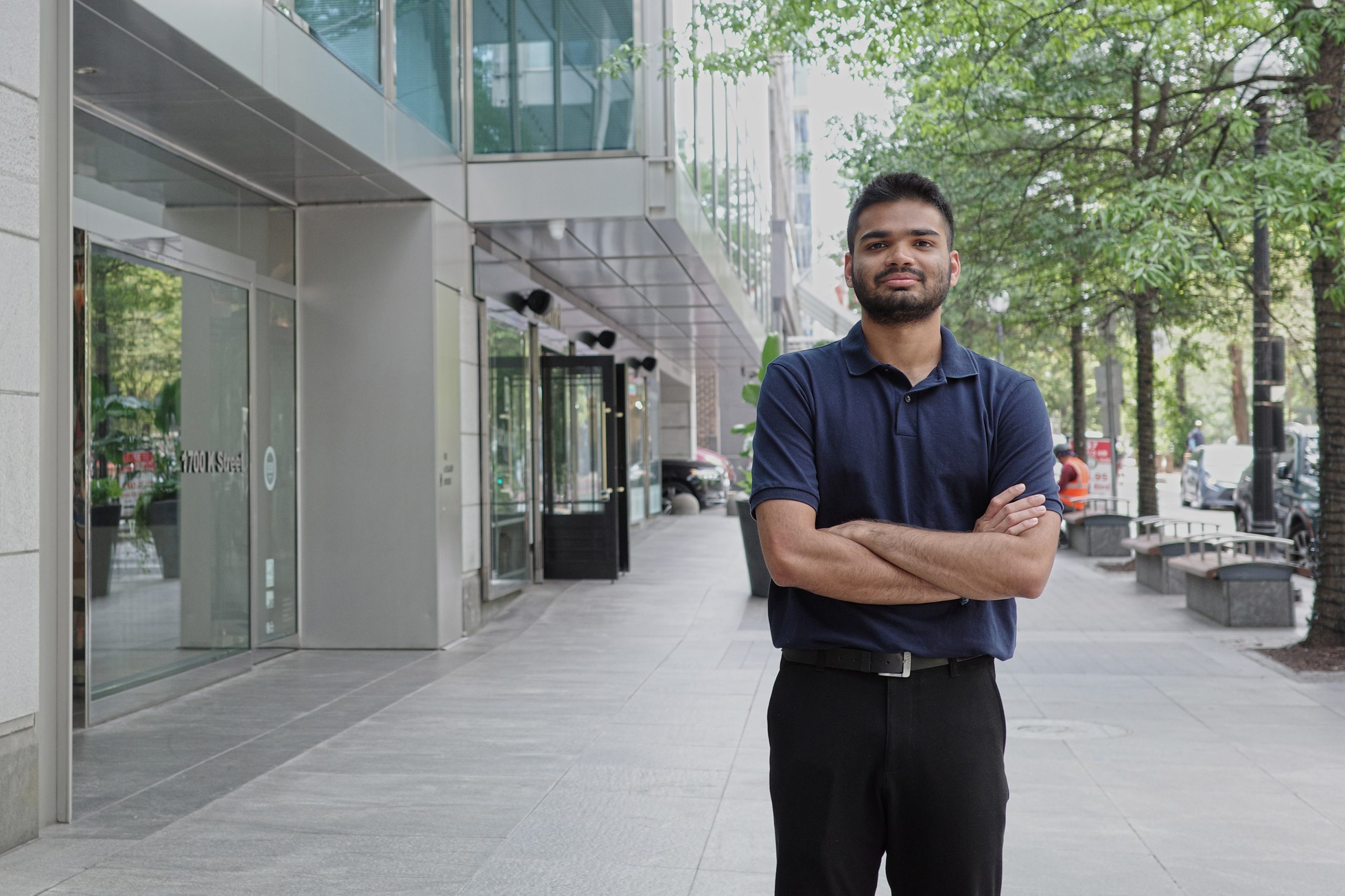My early years were shaped by growing up in a neighborhood where many shared my Indian-American background. This commonality gave me a sense of comfort with my identity and played a key role in shaping who I am today.
While my family wasn’t deeply involved in the broader Indian network, we found a strong sense of belonging through our mosque. Attending regularly gave me a deep rooted connection to community and self, even though the families came from different areas. Through this space, I found mentors, friends, and a sense of extended family. The geographical diversity of that community broadened my perspectives. I never felt like I was the “odd one out” in a group because of the rich diversity of minorities that existed in my school and neighborhood.
Two of my closest friends growing up were Chris, a Tamil Christian, and Anshul, a Punjabi Hindu. Our families would joke that we were “India in a friend group,” but at 10 years old, we hardly thought about our different faiths, we were more focused on whose house we were heading to after school to play Minecraft. Visiting each other’s homes, I noticed the different decorations and rituals, but even then, I understood that we were all practicing our faiths in meaningful, unique ways.
Going to college at a predominantly white institution at the University of Virginia gave me a new perspective on identity and belonging. At my college orientation, for the first time, I felt out of place. Prior to college, being a male person of color was never a unique characteristic, because my friends, school, and community shared similar identities. I had never been in a situation where this shift from diversity existed in an in-your-face way. While I had grown up talking to everyone at my school and being friends with many people in my classes, I was surprised to realize that people were less comfortable talking to me. I left orientation with a feeling of being different, a sentiment I didn’t expect coming in.
While being racially and ethnically different from the vast majority of the university was not a defining factor of my time at UVA, it was definitely a topic of conversation that not many people were willing to partake in. For example, in my first year writing class, when being tasked with a paper on any topic, I was the only student to write about race, an intentional choice I had made in order to bring my perspective to the forefront of a much needed discussion.
Over the years, especially at UVA, I’ve come to deeply appreciate the thoughtfulness of many of my friends. As a practicing Muslim who eats only Halal meat, finding suitable food options in college isn’t always easy. Yet my friends, many from different faiths, go out of their way to choose restaurants with Halal or vegetarian options. It’s a small gesture, but one that means a great deal.
For those who feel divided by different religions, it’s important to remember that the end goal is the same; we’re all striving to become better versions of ourselves.
Diasporic communities often organize around faith because it offers a clear, familiar path to building connection. But this can also deepen divisions. My vision for an ideal Indian diaspora and for India itself rests on two key goals. First, to ensure that Indian-Americans from all faiths feel that their identities matter and belong. This requires promoting inclusive spaces where people can express themselves fully as Indian-Americans. True community collaboration can bridge those divides and create environments that are genuinely uplifting. Current spaces that identify as Indian or Indian-American are very religiously homogeneous in a way that is not productive in creating cohesive and/or welcoming environments for people from minority faith backgrounds. Second, we need to actively challenge the default association of Indian identity with a single faith. This narrow definition often alienates people from minority religious backgrounds, making them feel unwelcome in those spaces. As a result, many distance themselves from their Indian identity altogether.
Actionable change also requires Indian and Indian-American organizations to be intentionally diverse in their leadership, programming, outreach, and event planning, creating spaces that include all members of the community, not just those centered around a few dominant religious holidays.
If I had a microphone to the entire Indian diaspora, I would urge purposeful engagement with our communities. Long-term success both within our own networks and in the broader American landscape depends on how we show up for one another. We must use the institutional power of Indian-American networks to uplift and empower each other. I believe in the spirit of our community to be active, responsible citizens who shape a more just vision of America, one rooted in political participation and an honest reckoning with the deep histories of systemic racism and colorism. Our community may appear successful and strong, but if that success doesn’t extend to all of us, then it isn’t truly a successful or strong community.
